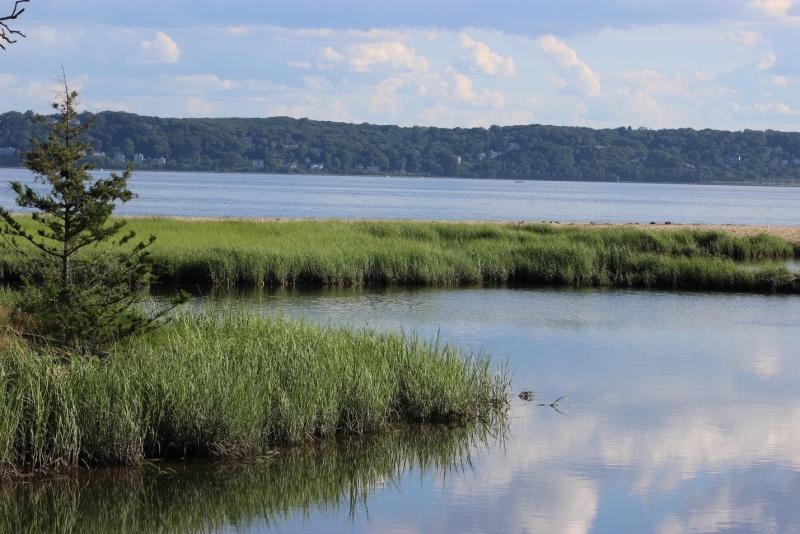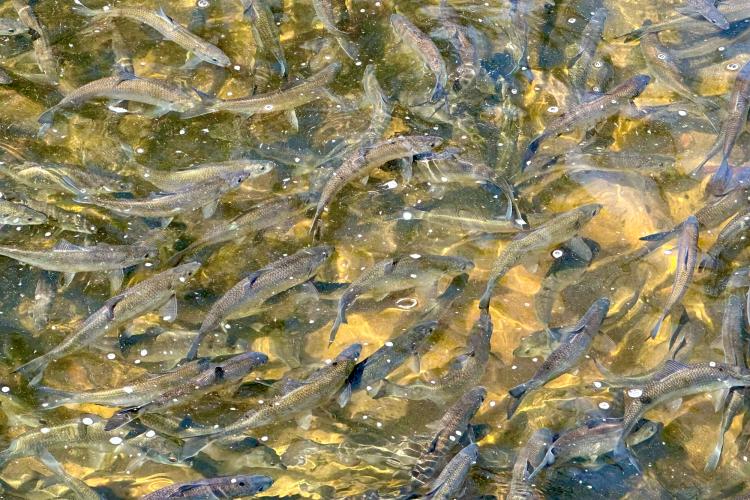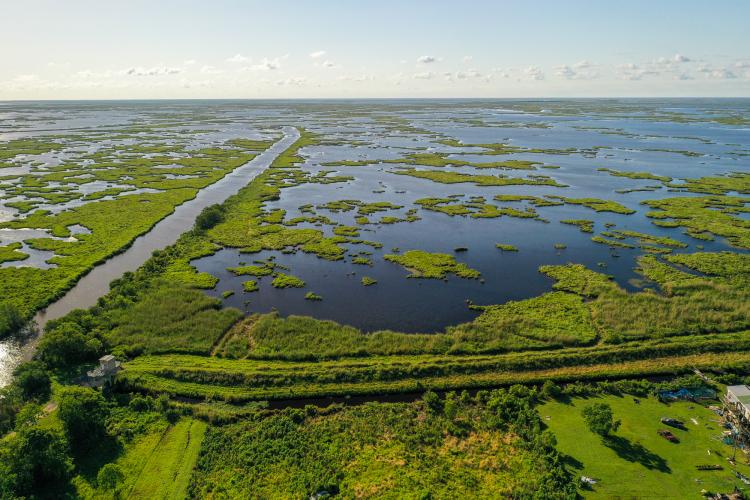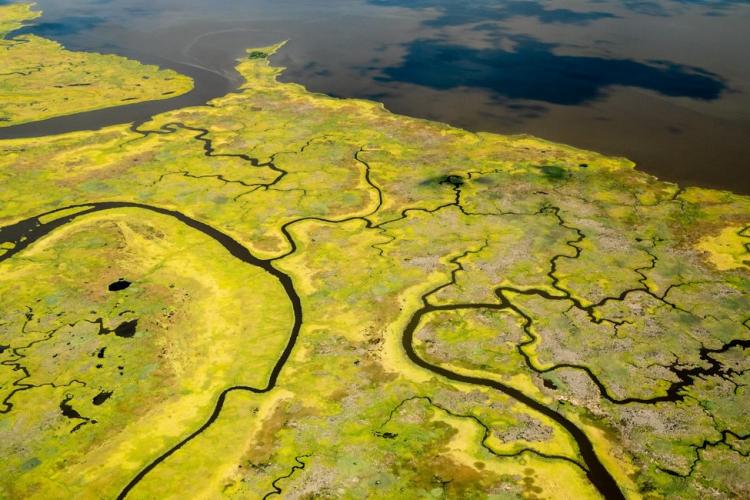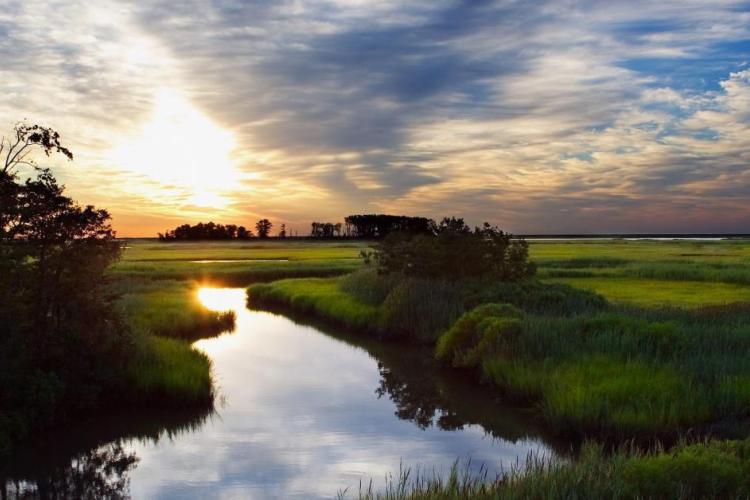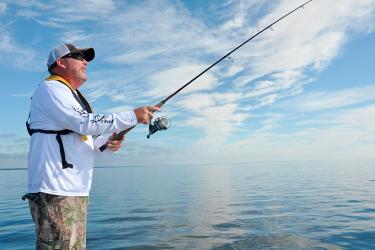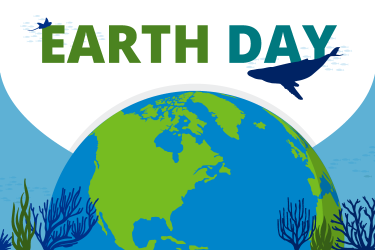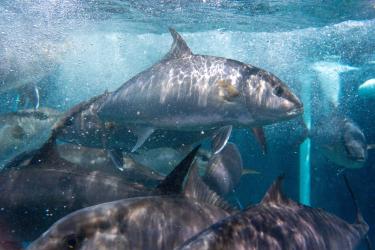Through early April, NOAA is taking a court-side look at how we protect and restore marsh habitat to sustain fisheries, recover protected species, and maintain resilient coastal ecosystems and communities. Take a look at our marsh habitat features and follow #MarshMadness on @NOAAHabitat!
Largest Salt Marsh Restoration in the Northeast to Bring Back Cape Cod River Herring
After decades of planning, NOAA and our partners are helping river herring safely reach their historic spawning grounds by restoring a degraded estuary in Wellfleet, Massachusetts.
Watch video about river herring and how marsh restoration helps them reach their spawning grounds
Nearly $37 Million Will Support the North Delacroix Marsh Creation and Terracing Project in Coastal Louisiana
The Coastal Wetlands Planning, Protection, and Restoration Act Program has approved funding for the NOAA-sponsored North Delacroix Marsh Creation and Terracing Project in coastal Louisiana.
Learn more about the project that will restore coastal marsh habitat in St. Bernard Parish
Coastal Marsh Restoration in the Mid-Atlantic: Aligning Habitat Objectives to Maximize Project Benefits
In collaboration with the U.S. Fish and Wildlife Service, NOAA Fisheries has developed a guidance document to support the development of coastal marsh restoration projects in the mid-Atlantic region.
Read more the guidance document and restoration technique using a holistic approach
Joint Agency Report Details Coastal Wetland Status and Trends Across a 10-Year Study Period
NOAA Fisheries and the U.S. Fish and Wildlife Service have released a joint report titled "Status and Trends of Wetlands in the Coastal Watersheds of the Conterminous United States 2009 to 2019". The report shows that wetland loss is still occurring in the coastal watersheds of the conterminous United States, but at a lower rate than previous periods.
Learn more about recent Coastal Wetland Status and Trends Report
Middle Peninsula’s Marshes and Living Shorelines Generate More than $6.4 Million Annually in Economic Value
Living shorelines and marshes in Virginia’s Middle Peninsula Habitat Focus Area support more than $6.4 million each year in economic value from recreational fishing. That’s more than three and a half times the value generated by hardened shorelines in the area.
Coastal Wetlands—Too Valuable to Lose
Wetlands are a pivotal part of the natural system, providing tremendous benefits for coastal ecosystems and communities. They provide us with clean water, flood protection, abundant fisheries, and more.
Learn more about the value of coastal wetlands and marshes
